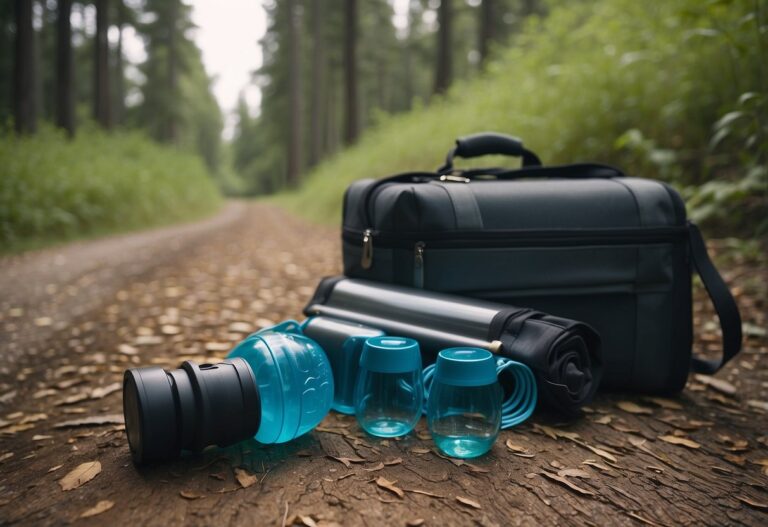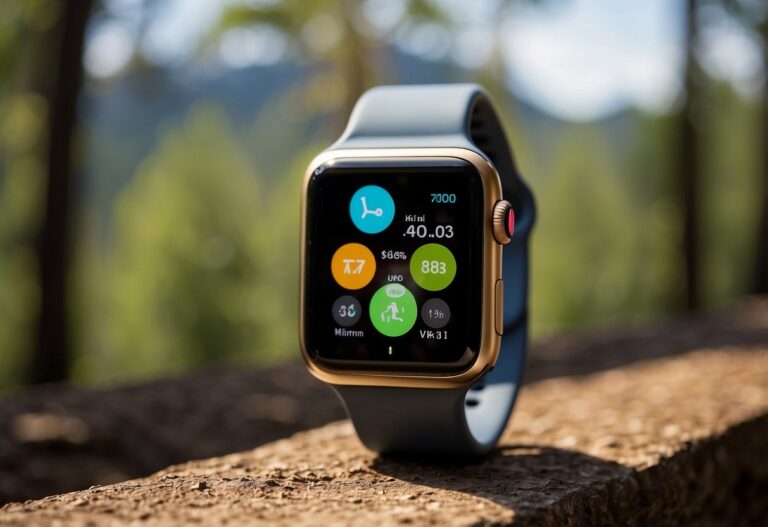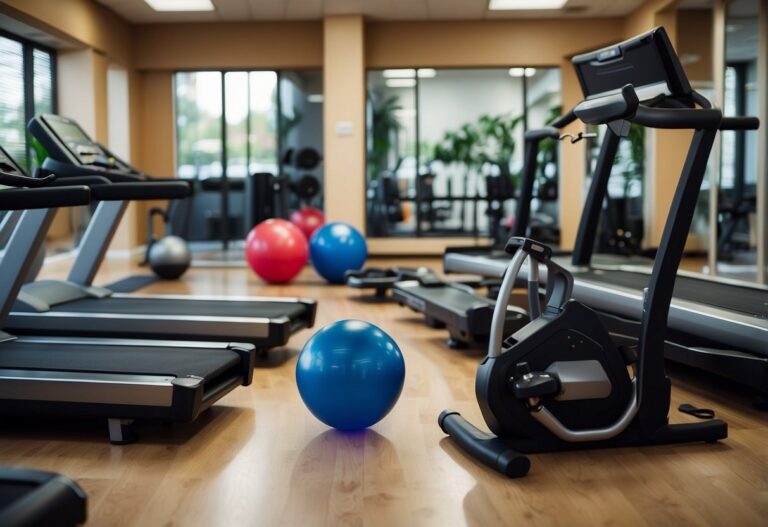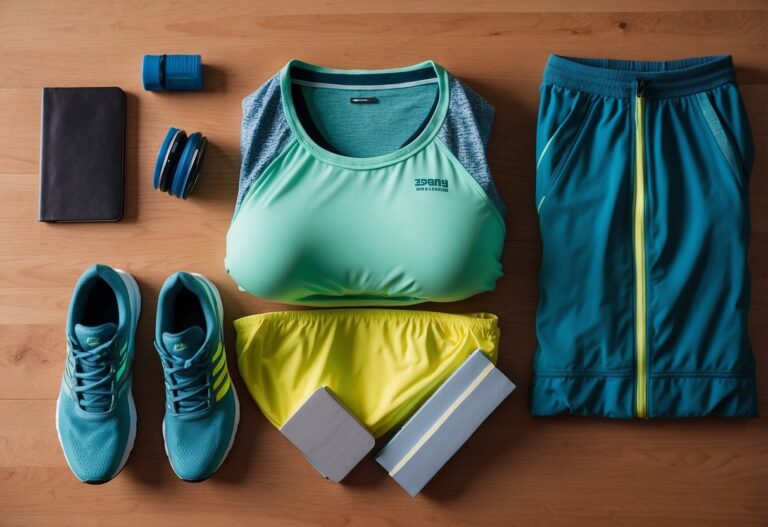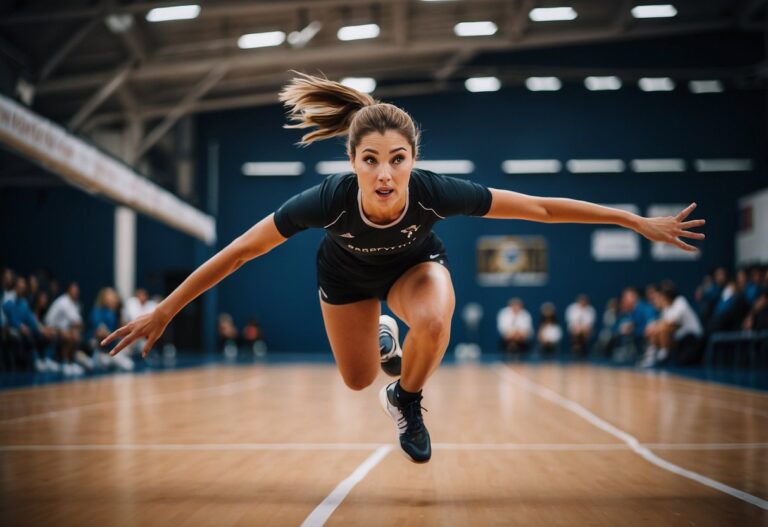If you’re looking to improve your overall fitness, focusing on your hips can make a big difference. Strong hips are essential for nearly every movement you make, from walking to lifting weights. By incorporating hip exercises into your routine, you can boost your athletic performance and reduce the risk of injury.

What are the best tips for an effective hip workout? This article will share practical advice on exercises and routines to help you get the most out of your hip workouts. Whether you’re a beginner or experienced, these tips will guide you to stronger, more flexible hips.
Warm-Up Routine: Gentle Hip Circles
Starting your workout with gentle hip circles is a great way to prepare your body. This simple exercise helps to increase mobility, flexibility, and reduces the risk of injury.
Stand with your feet shoulder-width apart. Place your hands on your hips. Slowly rotate your hips in a circular motion. Start with small circles and gradually make them larger.
Do this for 30 seconds in each direction. You’ll feel your hips loosening up, making it easier to perform other exercises.
Incorporate hip circles into your warm-up to activate your glutes and core muscles. You’ll notice improved movement and stability during your workout.
Resistance Band Exercises
Resistance bands are a fantastic tool to add to your hip workouts. They are affordable, portable, and can take your routine to the next level.
Glute Bridge with Band: Place a resistance band around your thighs, just above the knees. Lie on your back with knees bent and feet flat. Lift your hips while pushing your knees outward. This move strengthens your glutes and hamstrings.
Standing Hip Abduction: Stand straight and loop a resistance band around your ankles. Lift one leg to the side, keeping it straight. This exercise targets your outer hip muscles and improves your stability.
Clamshell Exercise: Lie on your side with your knees bent and the band around your thighs. Keeping your feet together, lift your top knee. This move works your gluteus medius, helping with hip strength and mobility.
Incorporating these simple yet effective exercises into your routine can help you build stronger hips and improve your overall lower body strength.
Lateral Leg Raises
Lateral leg raises are a simple yet effective exercise to strengthen the muscles on the outside of your hip. When you perform them regularly, you’ll notice improved hip and knee stability.
To get started, lie on your side. Keep your legs straight and stacked on top of each other. Your head should rest on your lower arm.
Slowly lift your top leg upwards. Keep your toes pointed forward and your movements steady. To make the exercise harder, you can add ankle weights or try resistance bands to increase the challenge.
Standing lateral leg raises are another variation. For balance, hold onto a chair or place your hands on your hips. Raise one leg to the side while keeping your body straight.
If you’re experiencing soreness, that’s normal as your muscles are working. Just ensure that you avoid bending at the waist to compensate for weak muscles.
Lateral leg raises can be a great addition to your workout routine. You can find more tips and variations on exercises like lateral leg raises from Healthline.
Clamshell Exercises
Clamshell exercises are great for strengthening your hip muscles. They specifically target the gluteus medius, which helps with hip stability and mobility.
To do a basic clamshell, lie on your side with your knees bent and stacked on top of each other. Keep your feet together and lift your top knee while keeping your feet in contact.
For added difficulty, try placing a resistance band around your thighs. This can help increase the intensity and further engage your hip muscles. Another variation involves doing the exercise in a standing position, which challenges your balance as well.
How often do you incorporate clamshells into your routine? Try adding them a few times a week to see improvements in your hip strength and stability.
Hip Thrusts
Hip thrusts are fantastic for building strong glutes. They target your hip muscles more effectively than many other exercises. To do a hip thrust, start by placing your upper back on a bench or exercise ball. Keep your feet flat on the ground and your knees bent.
Hold a weight across your hips if you want extra resistance. Push through your heels and lift your hips towards the ceiling. Squeeze your glutes at the top, then lower your hips back down slowly. Make sure to keep your core tight to protect your back.
If you’re new to hip thrusts, start with your body weight to get the form right. As you get stronger, you can add more weight. Remember, proper form is key to getting the most out of this exercise and avoiding injury.
Adding an isometric hold at the top of the movement can make it even more challenging. Hold the position for a second or two before lowering your hips down. This can help you build even more strength in your glutes.
Single-Leg Deadlifts
Single-leg deadlifts are a fantastic exercise to incorporate into your hip workout. This move targets your hamstrings, glutes, and lower back. Balancing on one leg adds an extra challenge and helps to improve your stability and core strength.
To do a single-leg deadlift, stand on one leg and keep a slight bend in your knee. Slowly hinge at your hips, lowering your torso towards the floor while extending your other leg straight behind you. Return to the starting position by using your glutes to pull your body up.
This exercise is great for building overall leg strength and improving balance. Be sure to keep your movements slow and controlled to avoid injury. If you’re new to this exercise, start with a light weight or just use your body weight until you get the hang of the movement.
By adding single-leg deadlifts to your routine, you’re not just working on your hips but also enhancing your overall athletic performance. Give it a try and see how it can make a difference in your workout regimen.
Standing Kickbacks
Standing kickbacks are a great way to strengthen your glutes. Start by standing on your exercise mat with your feet hip-width apart. Engage your core and shift your weight onto one leg.
Slowly raise your other leg straight behind you, keeping it extended. Hold for a moment, then lower it back. Make sure to keep your back straight and your core tight.
To make it more challenging, use an ankle strap on a cable machine. Attach the strap to your ankle, and perform the kickback while holding onto the machine for balance.
Learn more about performing standing glute kickbacks.
Seated Hip Abductions
Seated hip abductions are an excellent exercise to strengthen your hip muscles. They specifically target the muscles responsible for moving your leg away from your body, such as the outer hip.
To do this exercise, sit on a chair with your feet flat on the ground. Place a resistance band around your ankles. Keep your knees bent at 90 degrees.
Slowly move your legs out to the sides against the resistance of the band. Make sure to keep your back straight and engage your core muscles. This will help you maintain proper form.
You can perform this exercise with a resistance band or using a lever machine at the gym. Both methods are effective for targeting your glutes and outer thighs. If you prefer using a machine, check out this guide on lever seated hip abduction.
Adding seated hip abductions to your routine helps improve your hip strength and stability. This can benefit your overall lower body strength and balance. If you’re interested in more variations, you can check this article for tips and recommended variations.
Remember to start with a lower resistance band or weight, especially if you are new to this exercise. Gradually increase the resistance as you build strength.
Banded Monster Walks
Banded monster walks are a fantastic way to strengthen your hips and glutes.
To start, place a resistance band around your legs, just above your ankles. Stand with your feet hip-width apart, and slightly bend your knees.
Maintaining a slight squat, take small steps to the side. Keep your steps controlled to maximise the benefits.
This exercise helps enhance your balance and stability. It’s particularly useful if you experience knee pain while running.
Remember to warm up before you begin. Light cardio and dynamic stretches can help prepare your muscles and joints.
Using resistance bands adds intensity, making the exercise more effective. Give it a try!
Foam Rolling for Recovery
Foam rolling can be a game-changer for recovery. It helps loosen tight muscles and can ease soreness after a tough hip workout.
Start by lying on your right side with a foam roller under your hip. Prop yourself up on your right forearm and extend your right leg. Your left foot should be planted behind you for balance.
Slowly roll from your hip bone to your ribs, focusing on any tight spots. If you find a tender area, pause and hold for 20-30 seconds to release tension. Repeat on the other side.
For more tips and detailed instructions, check out this guide on foam rolling.
Benefits of Hip Workouts
Hip workouts offer numerous benefits such as improved mobility, enhanced athletic performance, and a reduced risk of injury. By incorporating targeted hip exercises into your routine, you can strengthen key muscles and improve overall bodily function.
Improved Mobility
Improving hip mobility is crucial for your daily activities. From walking and climbing stairs to getting in and out of a car, mobile hips make these tasks easier and more efficient. Exercises that focus on hip flexibility, like hip stretches or bridges, can help you achieve greater range of motion.
Better mobility also contributes to better posture. When your hip muscles are flexible and strong, they align better with your spine and other lower body parts, reducing stress and the chance of injury. If you experience tightness or stiffness, regular hip mobility drills can offer significant relief.
Commit to spending a few minutes each day on hip-specific stretches and exercises. It won’t just help with today’s movements but will also benefit you in the long run.
Enhanced Athletic Performance
For athletes, strong and mobile hips translate to improved efficiency and performance in sports. If you engage in running, cycling, or any sport that relies on lower body strength, hip-focused workouts can help you achieve better results.
Strengthening hip muscles such as the glutes and hip flexors translates directly into better speed, power, and agility. A balanced hip training routine enables you to generate more force during activities like sprinting or jumping. This is because the hip acts as a crucial pivot point for these explosive movements.
Incorporate exercises like hip thrusts and lateral leg raises to enhance your athletic performance. These activities not only improve muscle strength but also train the body to activate these muscles more effectively during sports and physical activities.
Reduced Risk of Injury
Consistent hip exercises can significantly lower your risk of injury. Many common injuries, such as lower back pain and knee issues, often stem from weak or inflexible hips. Strengthening these muscles can offer additional stability and support to these areas.
For older adults, maintaining hip strength is particularly important for falls prevention. Strong hips can improve balance and coordination, reducing the likelihood of falls. Similarly, athletes benefit by lowering their chances of sustaining sprains and strains during activities.
Exercises should focus on strengthening both the hip muscles and the surrounding supportive muscles. Activities such as squats, lunges, and deadlifts can be integrated into your routine for a comprehensive approach to injury prevention.
By taking these steps, you create a stronger foundation, contributing to a healthier, more active lifestyle.
Common Mistakes to Avoid
When doing hip workouts, avoiding mistakes is key to getting the best results and staying safe. Here are some common errors that can hinder your progress and how to fix them.
Overworking Muscles
Overworking your muscles can lead to injury and burnout. It’s crucial to give your body time to recover. Many people think that more exercise equals better results, but this isn’t always the case. Your muscles need rest to repair and grow.
Start with a few days of hip exercises each week. Gradually increase the intensity and volume. Listen to your body and watch for signs of overtraining such as constant soreness or fatigue. For safe and effective results, balance your workouts with rest days.
Ignoring Warm-Up and Cool-Down
Skipping warm-ups and cool-downs can drastically increase your risk of injury. Warming up helps to prepare your muscles for the workout, while cooling down aids in recovery.
Begin with dynamic stretches like leg swings or lunges to increase blood flow. This prepares your muscles for the exercise. After your workout, engage in static stretches such as hamstring or quad stretches. Cooling down helps in reducing muscle stiffness and soreness. Always set aside a few minutes for these routines.
Poor Form and Technique
Incorrect form and technique are common issues that can limit the effectiveness of your workout and lead to injuries. Ensuring proper posture and alignment is essential during any exercise.
For hip thrusts, keep your feet flat on the ground and your knees at a 90-degree angle. Your shoulders should be on a bench or exercise ball. Throughout the movement, your spine should remain straight, and your core engaged. Avoid letting your hips drop or lifting your head too high. Paying attention to these details will help you get the most out of your workouts safely.
Common mistakes like overworking muscles, ignoring warm-ups and cool-downs, and practicing poor form can significantly impact your hip workouts. By focusing on these areas, you can enhance both your safety and your results.
Exercises for Hip Strength
Building hip strength involves a combination of resistance training, bodyweight exercises, and flexibility routines. Each method targets various muscle groups around the hips, ensuring a balanced approach to strengthening this vital part of your body.
Resistance Training
Resistance training can significantly boost your hip strength. Using resistance bands is a great way to start. Exercises like the Resistance Band Lateral Step and Squat are helpful. By stepping sideways with a band around your legs, you’ll strengthen the muscles around your hips and improve mobility.
You could also use weights. Hip thrusts and deadlifts with weights target your glutes and hamstrings. For a more advanced move, add dumbbells to your lunges and squats. This added weight increases resistance, making your muscles work harder.
Resistance training also improves stability. By doing these exercises regularly, you’ll notice better balance and fewer discomforts in everyday activities.
Bodyweight Exercises
Bodyweight exercises are effective and require no equipment, making them perfect for home workouts. Bridges are a simple yet powerful exercise. Lie on your back, knees bent, and lift your hips towards the ceiling, squeezing your glutes at the top. Hold for a few seconds and lower back down. This movement targets the glutes and lower back.
Another excellent exercise is the clamshell. Lie on your side with your knees bent, then open and close your top knee like a clamshell without moving your pelvis. This isolates the hip muscles and strengthens them effectively.
Planks are also useful. While in a plank position, lift one leg at a time. This engages your core and hips, providing dual benefits.
Incorporating Flexibility
Adding flexibility workouts to your routine helps maintain hip health. Stretching muscles around the hips, such as with the hip flexor stretch, keeps them supple. Kneel on one knee, push your hips forward, and hold for a gentle stretch in the front hip.
Yoga poses like the pigeon pose and butterfly stretch are excellent for hip flexibility. The pigeon pose involves extending one leg behind and sitting on the other leg’s heel. The butterfly stretch involves sitting with your feet together and knees dropped to the sides. These poses release tension and improve the range of motion.
Here is more information on hip exercises, which can help improve mobility and strength.


